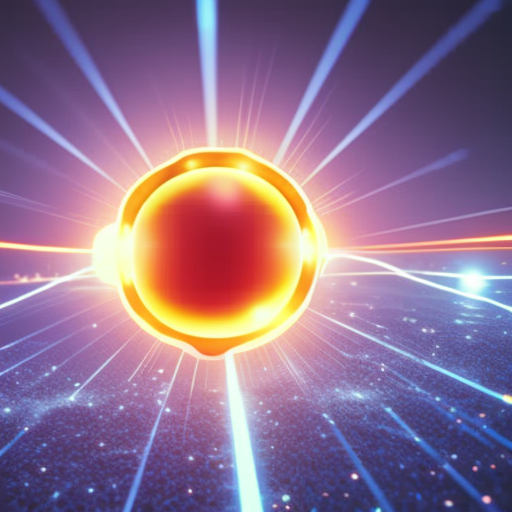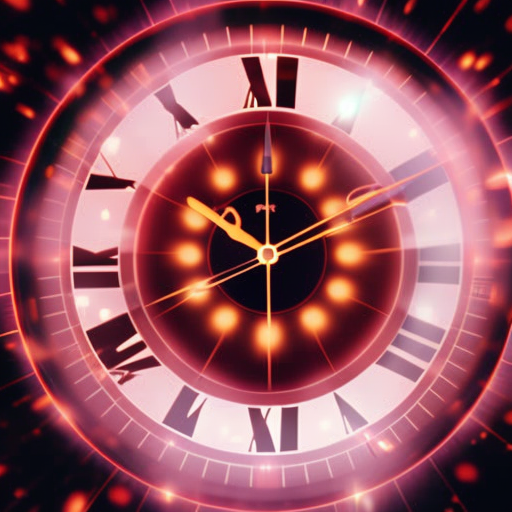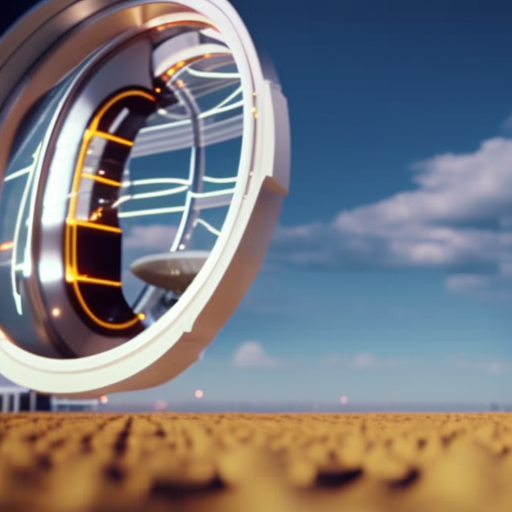Nuclear Fission: Harnessing the Power of the Atom
Nuclear fission is a process in which the nucleus of an atom is split into two smaller nuclei, releasing a tremendous amount of energy. This process is the basis for nuclear power plants and atomic bombs. In nuclear fission, a heavy nucleus, such as uranium-235 or plutonium-239, is bombarded with a neutron, causing it to become unstable and split into two lighter nuclei, along with the release of several neutrons and a significant amount of energy.
The Process of Nuclear Fission
The process of nuclear fission begins with a heavy nucleus, such as uranium-235, which is bombarded with a neutron. This collision causes the uranium-235 nucleus to become unstable and split into two smaller nuclei, typically called fission fragments. Along with the fission fragments, two or three neutrons are also released. These neutrons can then collide with other uranium-235 nuclei, causing a chain reaction to occur.
Chain Reaction and Critical Mass
For a sustained chain reaction to occur, a critical mass of fissile material is required. The critical mass is the minimum amount of fissile material needed to sustain a self-sustaining chain reaction. If the amount of fissile material is below the critical mass, the chain reaction will not be sustained, and the process will stop.
Control Rods and Moderators
To control the rate of the chain reaction and prevent it from becoming uncontrollable, control rods made of materials like boron or cadmium are inserted into the reactor. These control rods absorb neutrons, reducing the number of neutrons available to sustain the chain reaction. By adjusting the position of the control rods, the rate of the reaction can be controlled.
Moderators, such as water or graphite, are also used in nuclear reactors. They slow down the fast neutrons released during fission, making them more likely to be captured by other uranium-235 nuclei and sustain the chain reaction. The use of moderators increases the efficiency of the reactor.
Energy Release and Nuclear Power Plants
The energy released during nuclear fission is immense. The mass lost during the fission process is converted into energy according to Einstein’s famous equation, E=mc². This energy is released in the form of heat, which is then used to produce steam. The steam drives a turbine, which in turn generates electricity.
Nuclear power plants use nuclear fission to generate electricity on a large scale. The reactors in these plants are carefully designed to control the chain reaction and ensure the safety of the process. The fuel rods containing the fissile material are placed in a reactor core, surrounded by a coolant, such as water. The coolant absorbs the heat generated during fission and carries it away to produce steam.
Advantages and Disadvantages of Nuclear Fission
Nuclear fission has several advantages. It produces a large amount of energy from a small amount of fuel, making it highly efficient. It also produces minimal greenhouse gas emissions, reducing its impact on climate change. Additionally, nuclear power plants can operate continuously for long periods without the need for frequent refueling.
However, nuclear fission also has its drawbacks. The radioactive waste produced during the process is hazardous and requires careful management and disposal. The risk of accidents, such as meltdowns or leaks, also poses a significant concern. Furthermore, the potential for the misuse of nuclear technology for destructive purposes, such as nuclear weapons, is a global security concern.
In conclusion, nuclear fission is a powerful process that harnesses the energy released when the nucleus of an atom is split. It is the basis for nuclear power plants and atomic bombs. By controlling the chain reaction and utilizing the heat generated, nuclear fission provides a significant source of electricity. However, the management of radioactive waste and the potential for accidents and misuse of nuclear technology remain important challenges.












